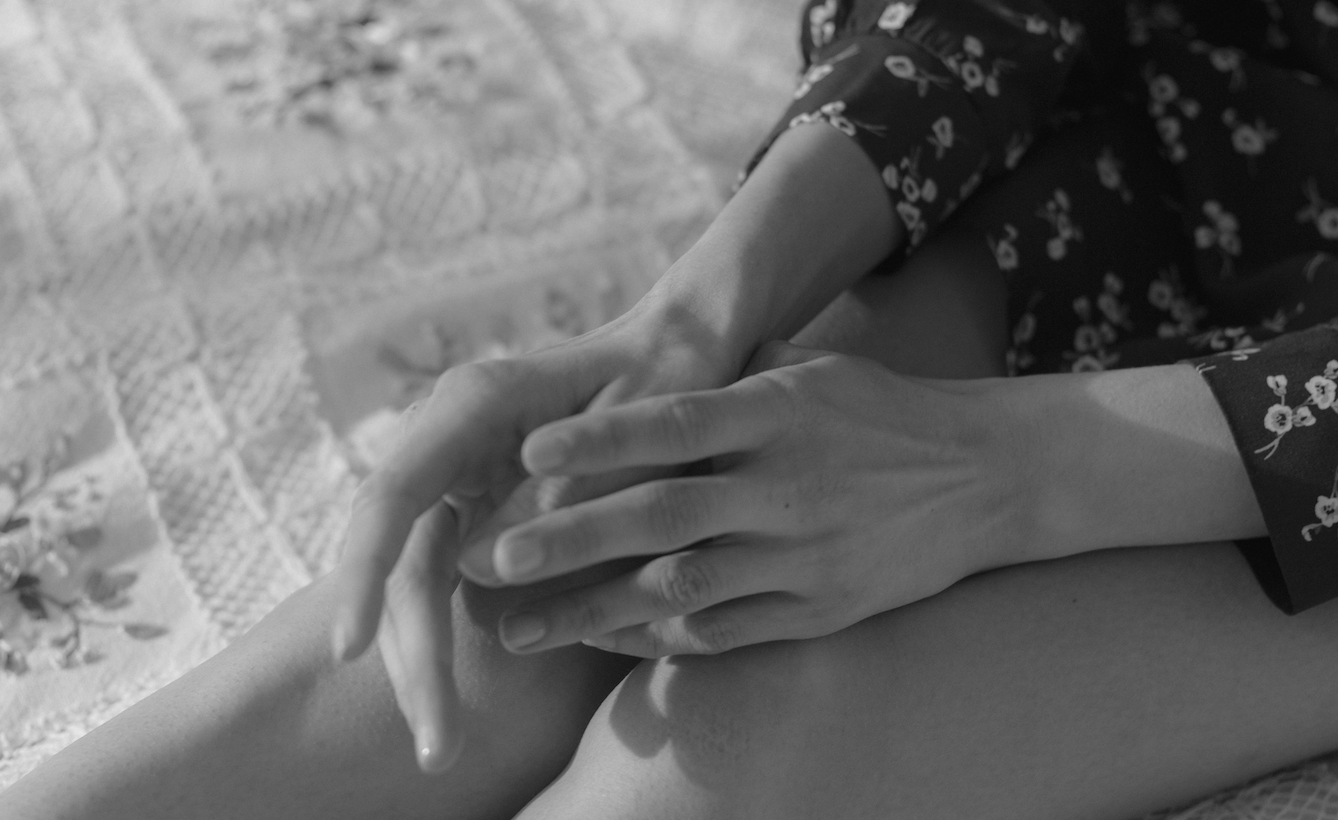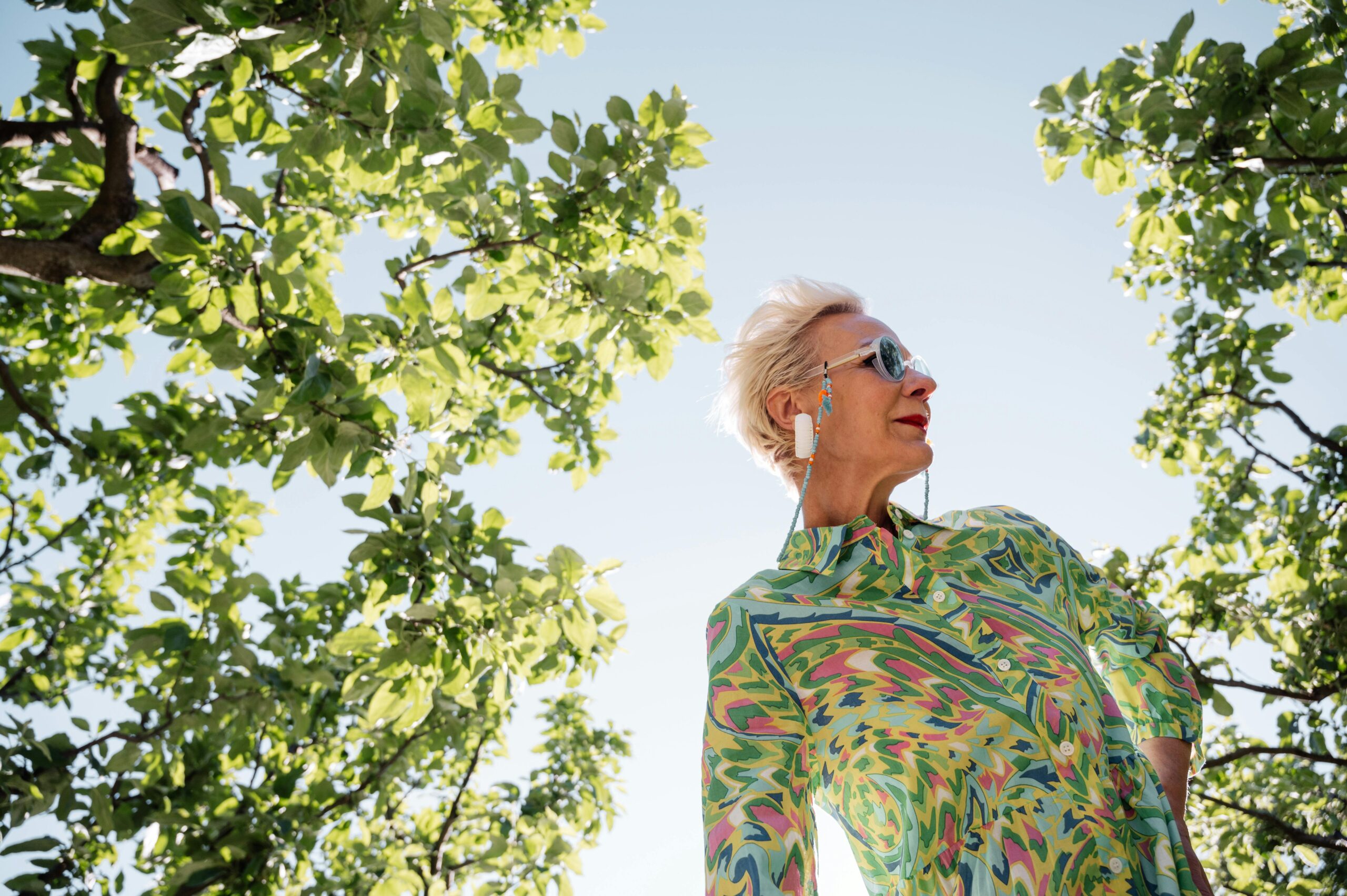By Veronica Granja-Sierra
Women have been blessed with an anatomical spectacle that graces their chest -some even say that these bulbous bags of skin hanging from women’s chests are in fact beautiful, and a magical wonder to the female figure; whereas others say they are a curse. Be they small or large, there is a whole fascination and obsession with breasts, both by men and women.
But breasts have become a commodity and there is no line drawn even when it comes to raising awareness for a deadly disease that affects approximately 40,000 women each year: breast cancer. The Canadian Breast Cancer Foundation states that 1 in 9 Canadian woman will be diagnosed with breast cancer in her lifetime.
With such a large-scale effect on women, various grassroots-based organizations have started tremendous initiatives to raise the awareness of breast cancer. Organizations have aided in directing attention to breast cancer through fundraising campaigns, advertising campaigns, organized marches and runs, sporting events, and by selling a wide array of products and paraphernalia.
But despite these positive intentions, these messaging strategies that can be seen across the globe to supposedly raise awareness are often criticized to be misleading. Breast cancer receives the most public attention and the ways and means by which it is achieved is highly compelling and worth analyzing. It can be argued that breast cancer awareness campaigns have created a whole globalized brand to profit off of by objectifying and sexualizing women.
Objectification is the portrayal of people as objects to be looked at, ogled, or touched. It is the representation of people as commodities to be purchased, used, discarded, or replaced in a way that dehumanizes them. Breast cancer campaigns in specific, can be analyzed to sexually objectify women, by representing them as mere objects towards one’s sexual pleasure and an object of sexual gratification.

Breast cancer is publicized in a technique and idea that is gendered. This may not be surprising since breast cancer is mainly a woman’s disease, but can be a point worth examining since women are presented in these campaigns as objects for male viewing pleasure. The male gaze in this way, enables women to be turned into a commodity that helps the product/message to get sold- in other words, the term “sex sells” can be applied. It is specifically seen in the popular “Save the Boobs” public service announcement from the Canadian group, Rethink Breast Cancer.
The images in this commercial use the sexual objectification of a woman (in this case, the subject is MTV News Canada host, Aliyah-Jasmine Sovani) to get attention. The film clip shows a young, voluptuous bikini-wearing Sovani at a pool party, strutting across the deck to “strip club” music. Also, while she is walking, the camera zooms into her chest for the “male gaze”. As she continues to walk in slow motion, Sovani walks by the waiter and other party guests, whom all stop what they are doing and follow her with their eyes. The film alternates between camera zooms of her large and bouncing breasts and her viewer’s facial expressions.
Three short texts appear throughout the film, “You know you like them”, and “Now it’s time to save the boobs”. The video ends with one last close-up of the breasts as Jasmine leans over a young woman lying on a pink pool raft. She then proceeds to remove her top, but a text reading, “Breast cancer is the leading cause of death in young women aged 25-49” appears to cover her exposed breasts. This film can be interpreted as objectifying the female body…and reinforcing established patterns of gender roles.
Many criticized this public service announcement to be too racy, perhaps even shocking. In fact, YouTube even asks viewers to verify that they are over 18 before being allowed to watch the clip. The PSA clearly holds plenty of appeal to men, who have aided in making the ad an online viral hit (over 1 million views). Rethink Breast Cancer says, “if young men want to watch the ad, that’s great; they should be paying attention to what is a leading cause of cancer death in women”.
Sovani, creator and producer of the ad, says that it is also acceptable and that “the more people talk about breast cancer, good or bad, at least they’re talking about it”. This raises the question of breast cancer awareness campaigns using women’s bodies solely to raise awareness to a matter. It also raises the question of placing importance on the actual breasts in need of saving rather than the actual women.
The sexualized significance of breasts as objects can also be seen in breast cancer campaigns that resort to sexualized techniques to raise funds and awareness. The Internet store for ‘Save The Ta-Tas’ brand clothing is a perfect example. They sell over 50 different t-shirts for men and women with slogans such as, “My wife has great ta-tas,” “Save a life, grope your wife,” “I love my big ta-tas,” “They are new, and they are bigger and better,” “Save second base,” and “Cancer babe.” Paraphernalia such as “I love boobies” bracelets are also a major example.
The general message that these t-shirts and bracelets are giving along with the ads and PSAs mentioned above is that the disease is primarily about breasts and links breast cancer to the idea of a mutilation that threatens feminine worth- and this can have a dramatically negative impact on attractiveness.
A woman’s identity is often linked to having “a perfect body,” which presupposes having perfect breasts. The above examples all assume that a woman’s attractiveness is linked to her bodily appearance. These sexy campaigns all support the notion that the actual women are less important than their sexual appeal.
For the most part, portrayals of gender in breast cancer messaging reinforce the definition of femininity, whereby women are supposed to be sexually desirable to men. Images on breast cancer campaigns are of typically beautiful young bodies, or bodies that conform to Western conventions around beauty and physical attractiveness. This raises the question within this embedded imagery of how ‘normal’ female breasts should appear in terms of size and shape.
The sexiness of breasts is used to “sell” breast cancer awareness. Correspondingly, mastectomies are considered as a violation of femininity. A mastectomy may lead to significant physiological distress and a negative or confused body image. Over the past twentieth century, womanliness has become so essentially connected to breast cancer and mastectomies. Not only would a woman be coping with the cancer in her body, but also with the perception that she is less ‘womanly’ or less sexually attractive.

These campaigns that portray breast cancer as a “fight to save the boobie” also completely ignore women who have chosen or been forced to undergo mastectomies. Does losing one’s breast mean they have lost the fight? Many women have come to believe that to lose a breast is to lose one’s identity and sense of self as a woman.
One final point to discuss is the transgression of boundaries in relation to breast cancer promotion. Cancer is a stealthy, tragic disease- not a slogan, party, or anything “cute”; but entertainment and humor has become a medium for raising awareness towards the disease. Breast cancer has been downplayed, minimalized and understated, approached in a light-hearted manner, ultimately being trivialized and limiting our ability to comprehend what it is really like to face the disease.
A common phenomenon in breast cancer campaigns is the tit cake, a cake shaped like breasts, which is auctioned off in connection with campaigns or served at such events. There is also the Jello Boobs with the text: “They wiggle, they jiggle, they wobble, they even bobble, BUT they should never come off! Get a mammogram once a year. Fight for the cure!” Not only are these campaigns objectifying the breast and placing importance once again on saving the breasts and not the actual women, but they are also using humor tactics on a disease that is never funny.
The use of language in all of these campaigns is also demeaning and humor-based. “Ta-tas”, “jugs”, “fun bags”, “hooters”, “rack”, “melons”, “boobies”-all slang words for breasts that again sexually objectify through the imagery that is reinforced with the language.
One final campaign to be discussed that can be said to have crossed all lines can be the YouTube video that went viral: “Simple Pickup”, which is a channel dedicated to picking up women. But this campaign was actually started to raise donation money to breast cancer research. The boys from the channel decided to donate $20 for every women that agreed to let them “motor boat” them.
This extremely playful and flirty campaign clearly uses humor to draw the attention to breast cancer, but the messages they are portraying is that women are merely objects once again, and are only being placed importance on because of their breasts. The men in this video just got a free pass to objectify women under the guise of supporting a good cause. The women used in this campaign can also be noted to all have fairly large breasts and be young. While women may enjoy the positive reinforcement from men through being admired or revered, such attitudes just reinforce and conform to the current gender hierarchy in which women are only viewed as sexual objects.
It can be argued that all these breast cancer campaigns mentioned, are still grabbing people’s awareness and whether it be negative or positive, people are indeed showing a response to the disease. Campaigns for the cause have been working to change the face of breast cancer over the past decade, and with all the campaigns discussed, they do seem to increase awareness to the under-40 crowd. The money IS being raised, which is a good thing, but what needs to be questioned is if the ends really justify the means.
By using a mix of sexualization and trivialization, advertisers, corporations, and even charities have turned what should be a disease focused on research, rehabilitation, and reflection, into a disease used for a case study of our cultural obsession with commercialization, attractiveness and sex appeal.
Breast cancer is not about the ‘boobs’- it is about the people who own them. It isn’t about ‘saving a breast’- it is about saving a person. The focus should be on supporting breast cancer survivors, many of whom have lost one or both breasts, in addition to searching for a cure and researching preventative methods. Women are worth way more than their breasts. Reducing them and their value to their existence of their mammary glands is extremely degrading. Breasts must be loved and cared for, but not as much as the actual women underneath them.






















2 thoughts on “Are Breast Cancer Campaigns Saving Lives Or Reinforcing Objectification?”